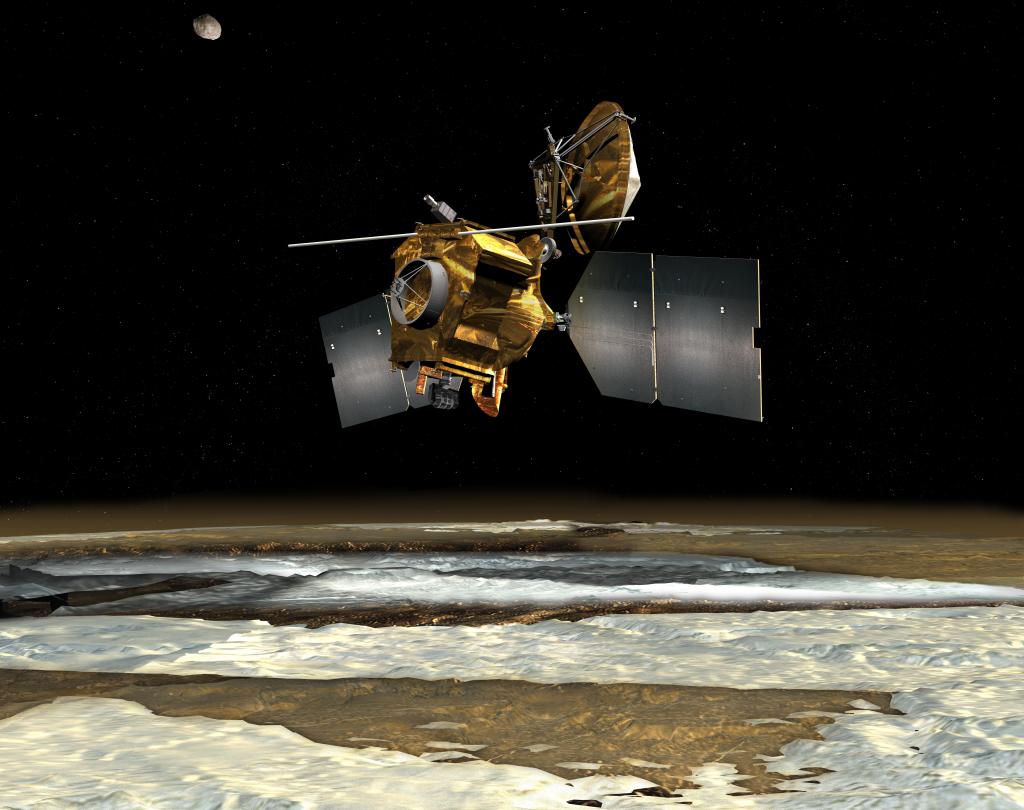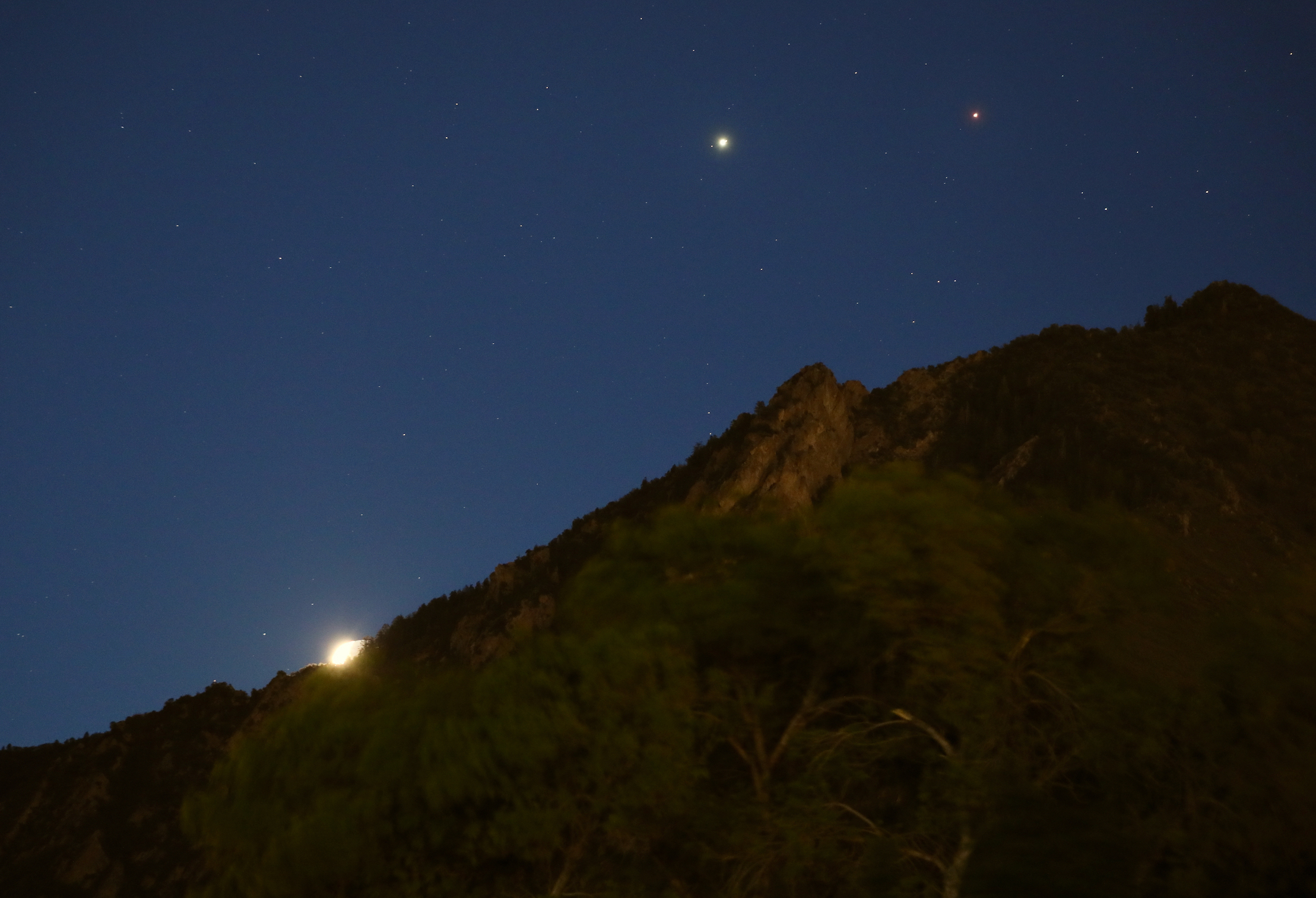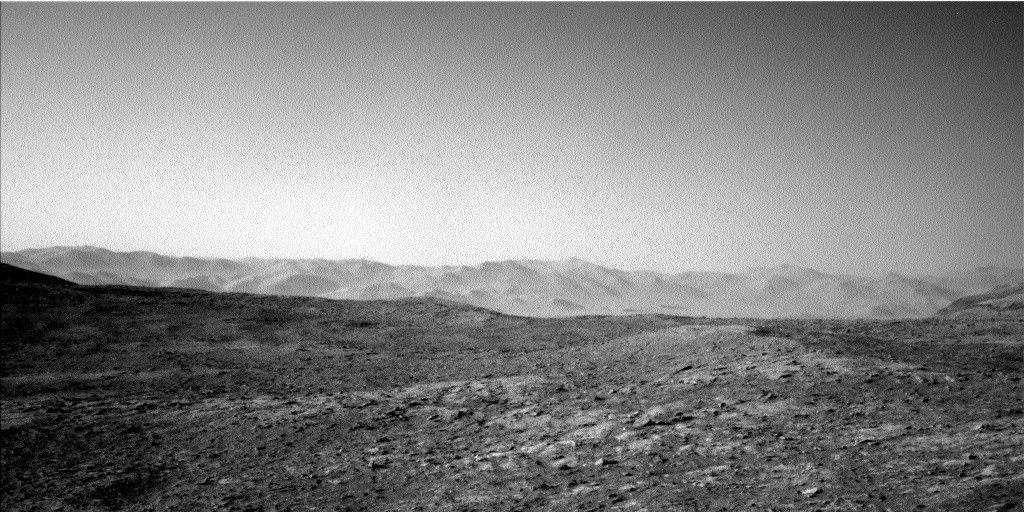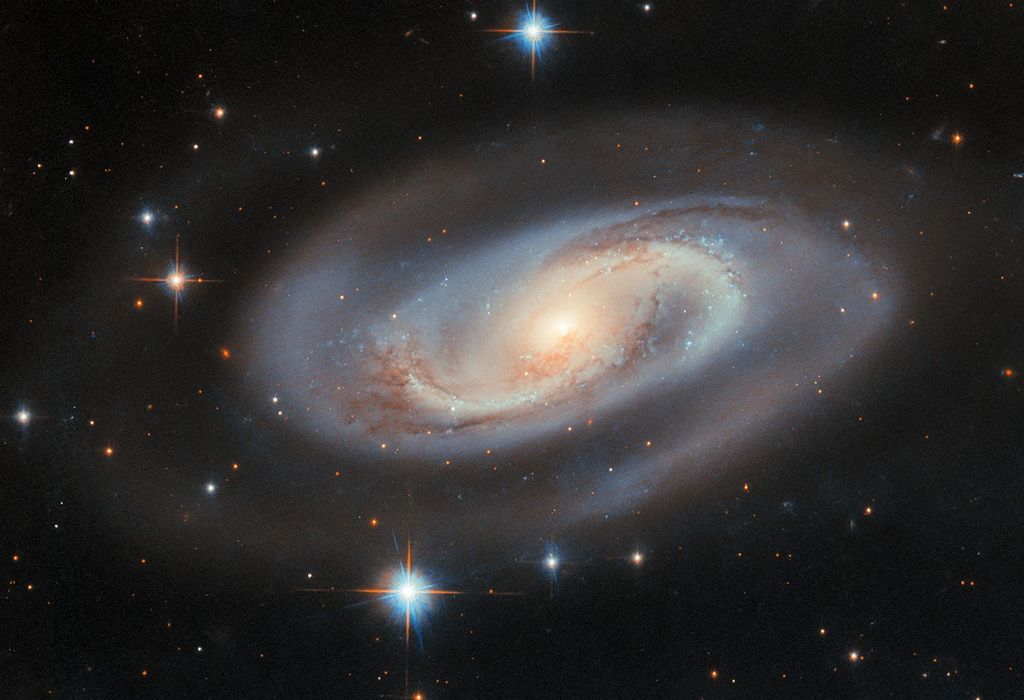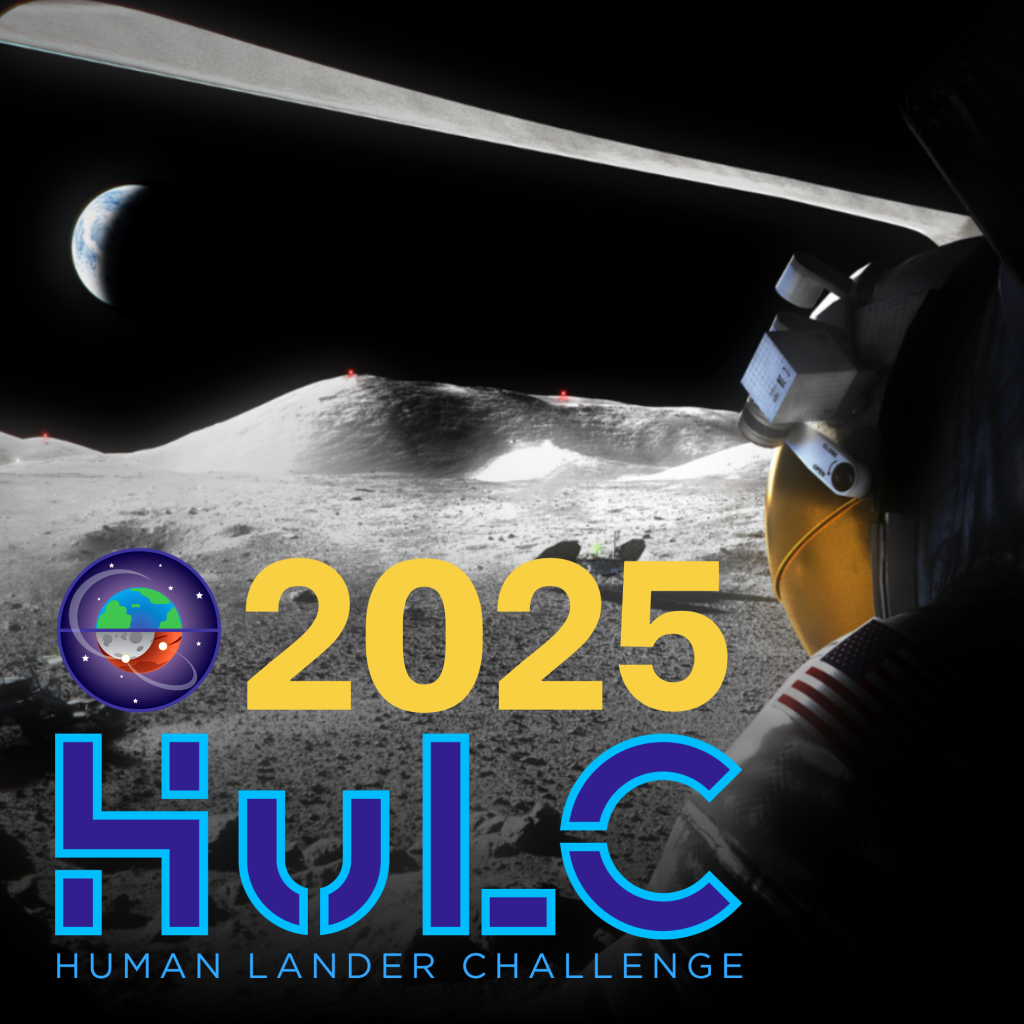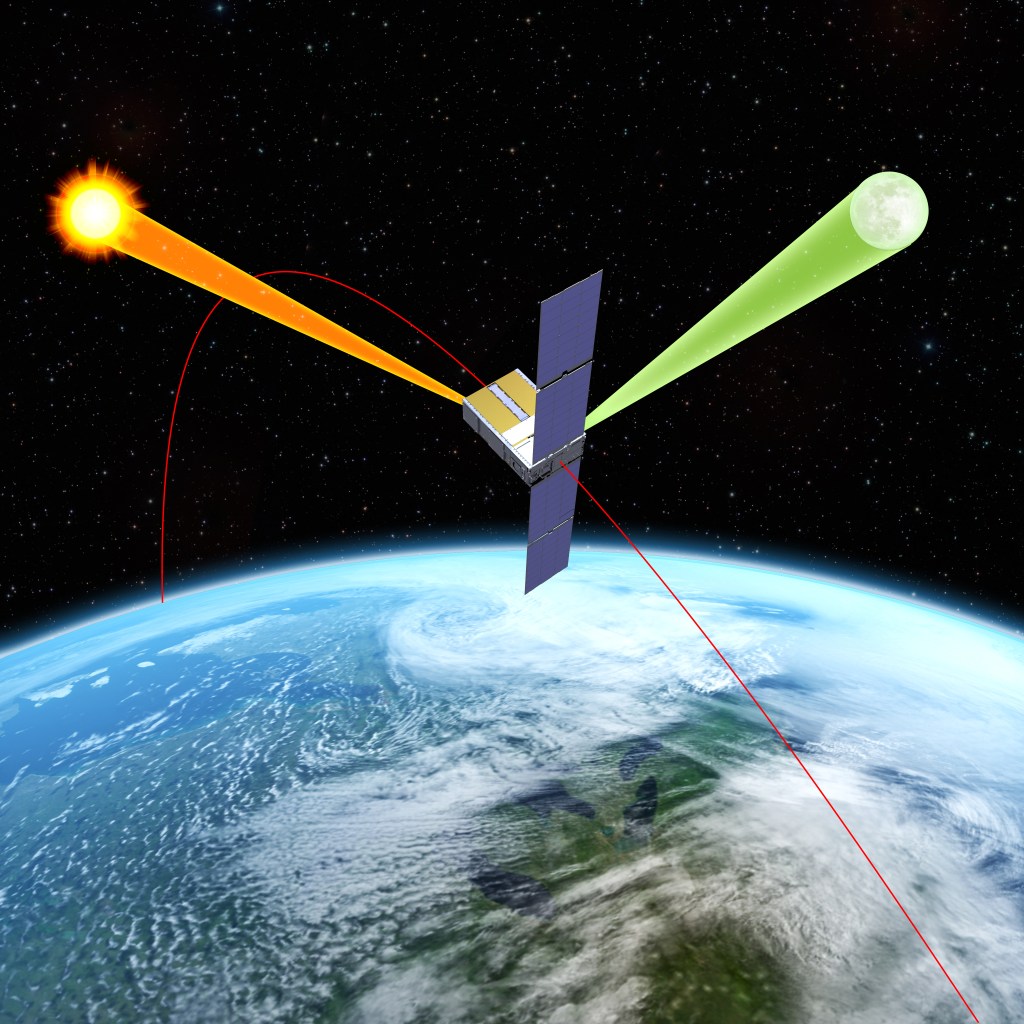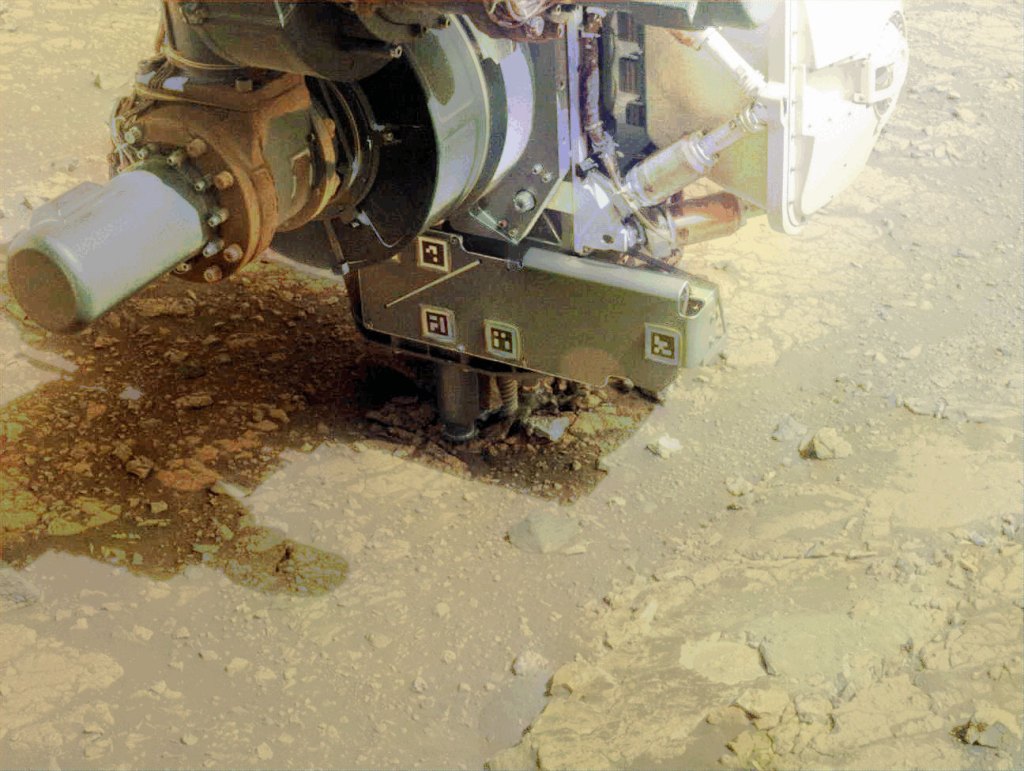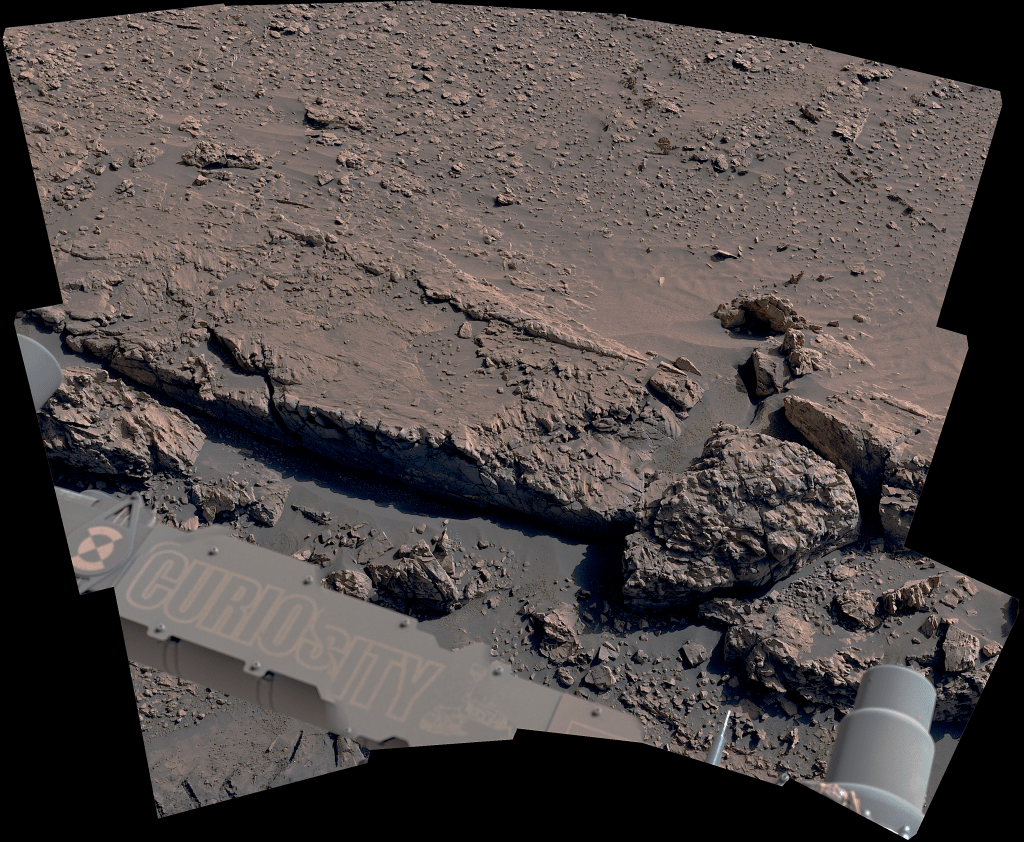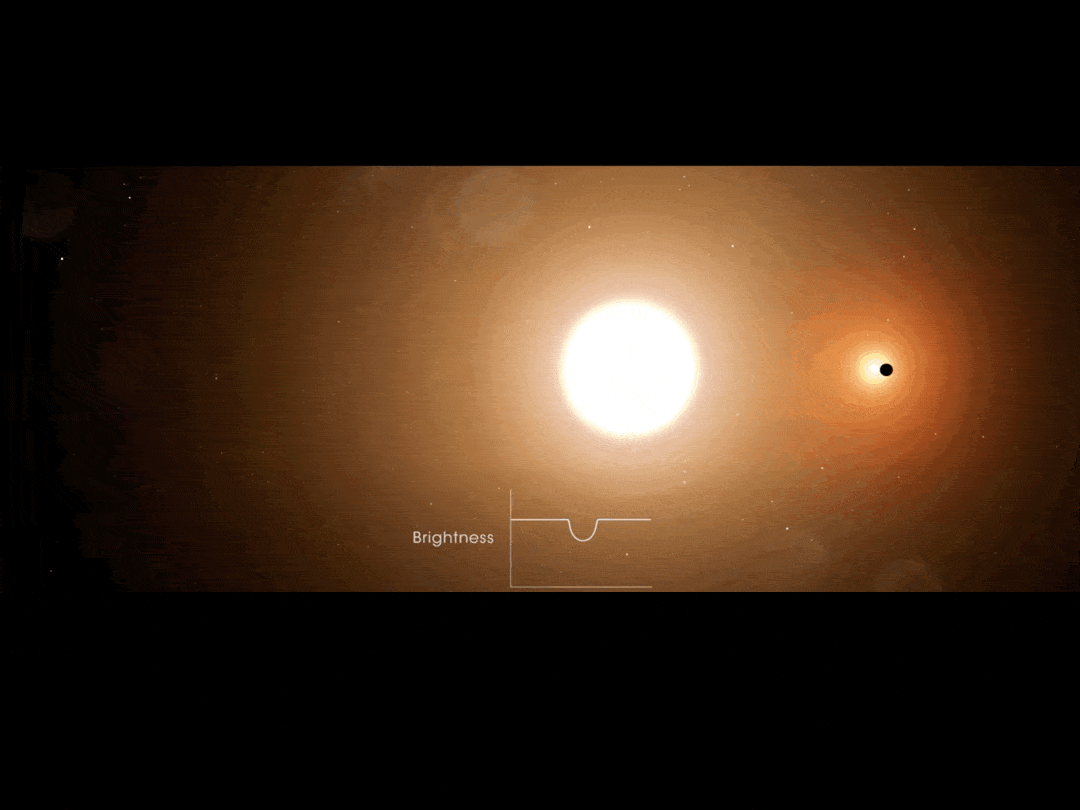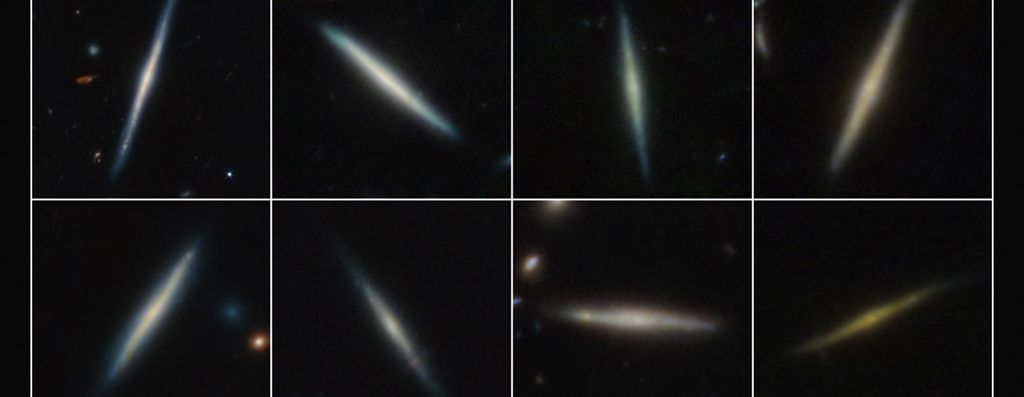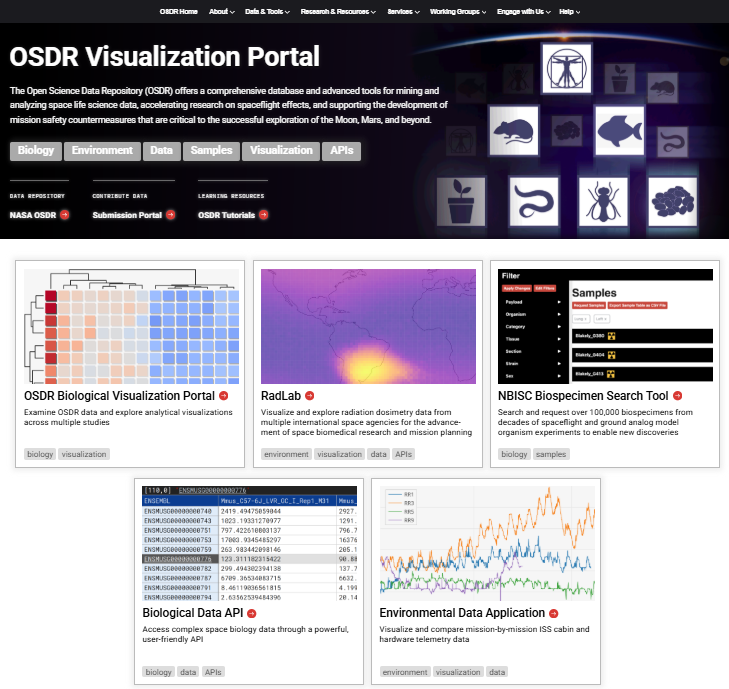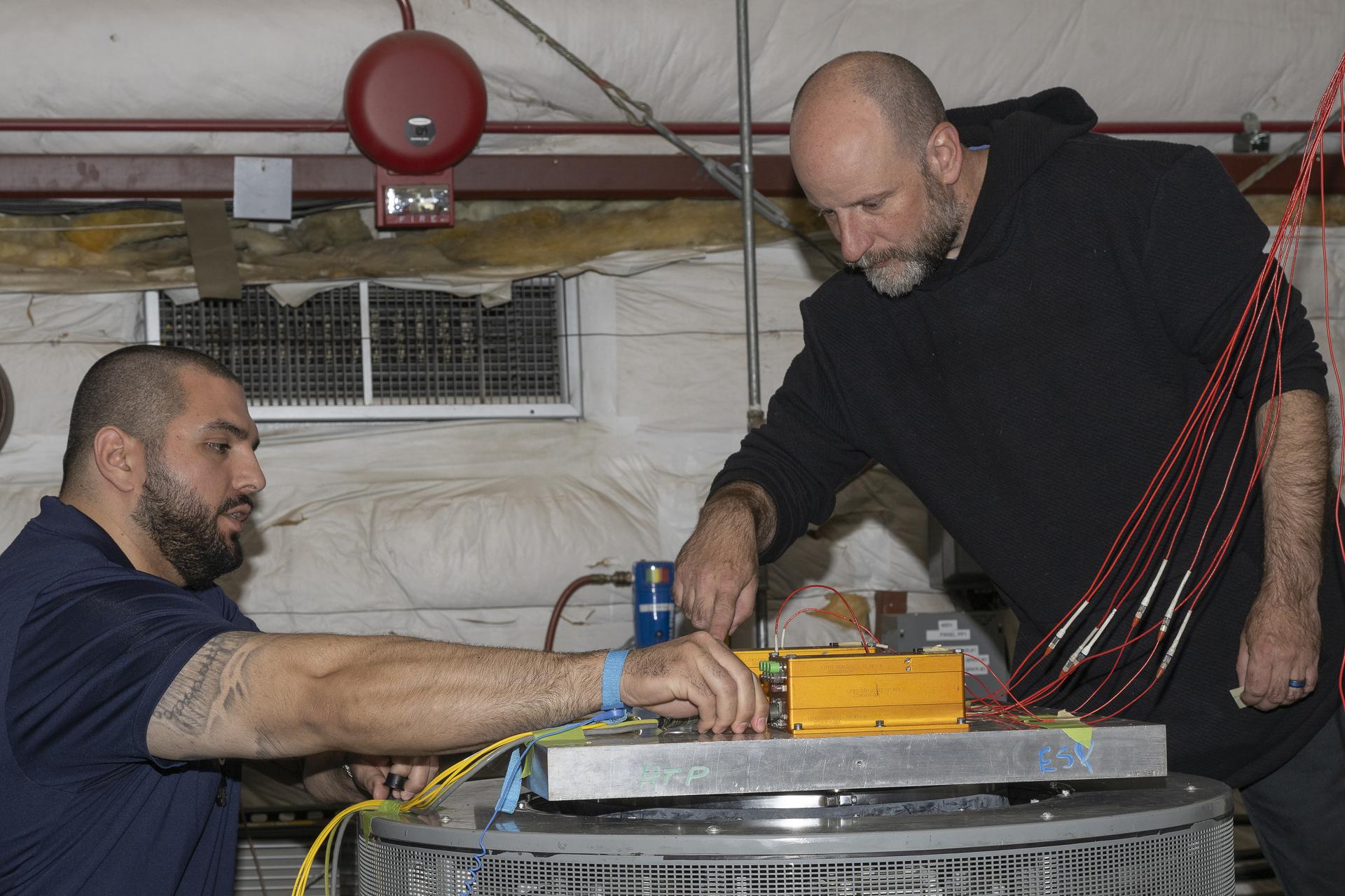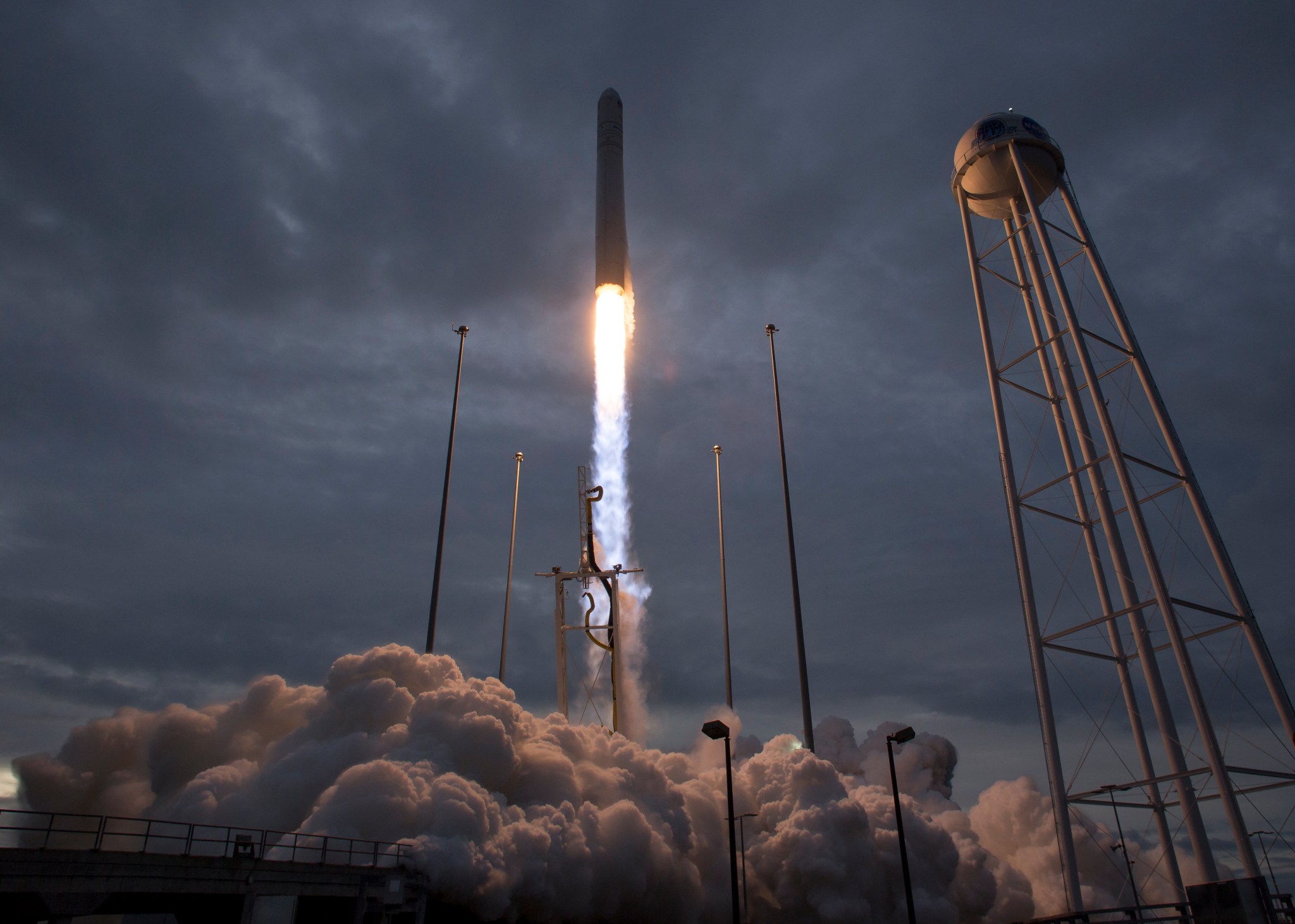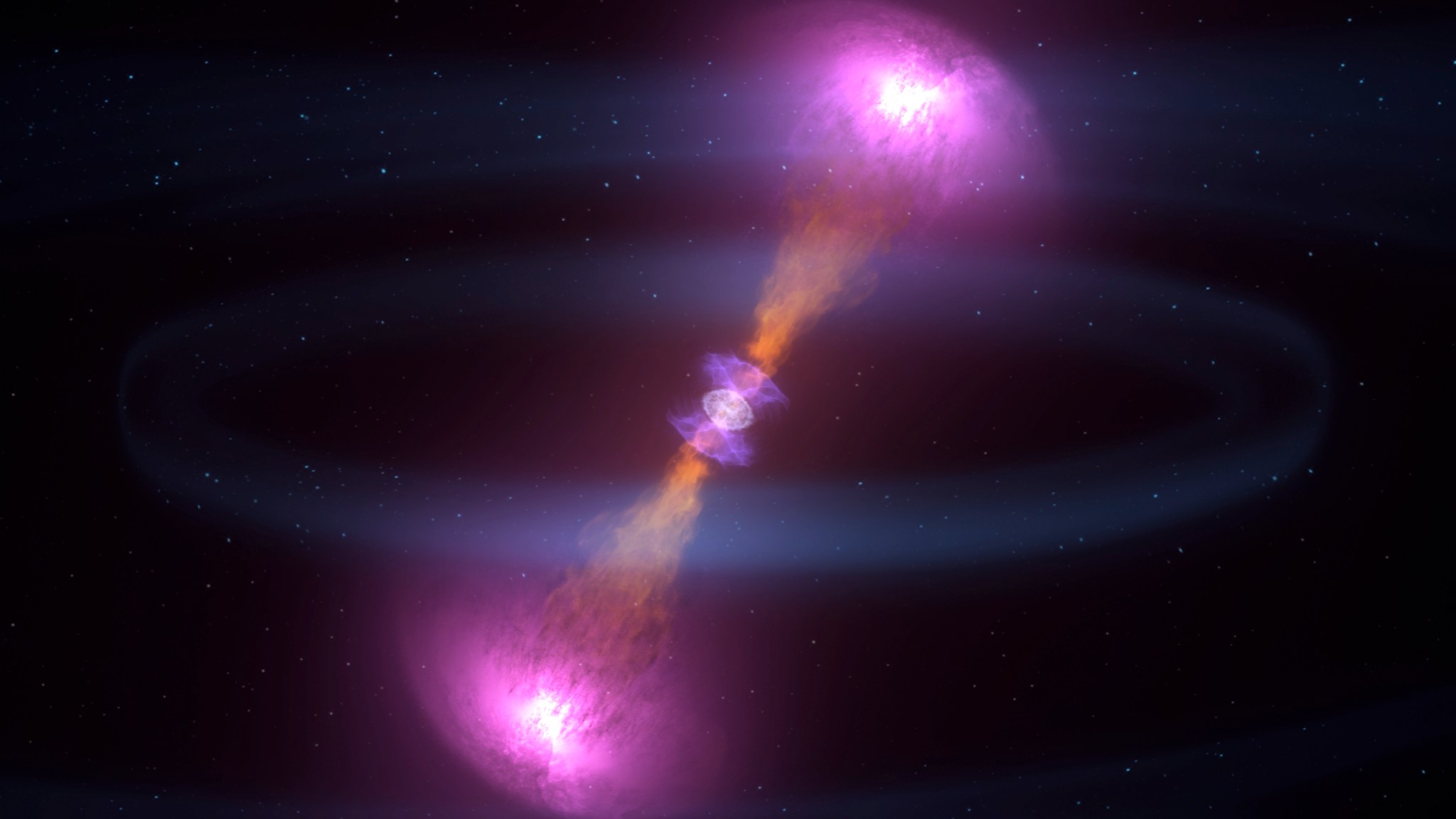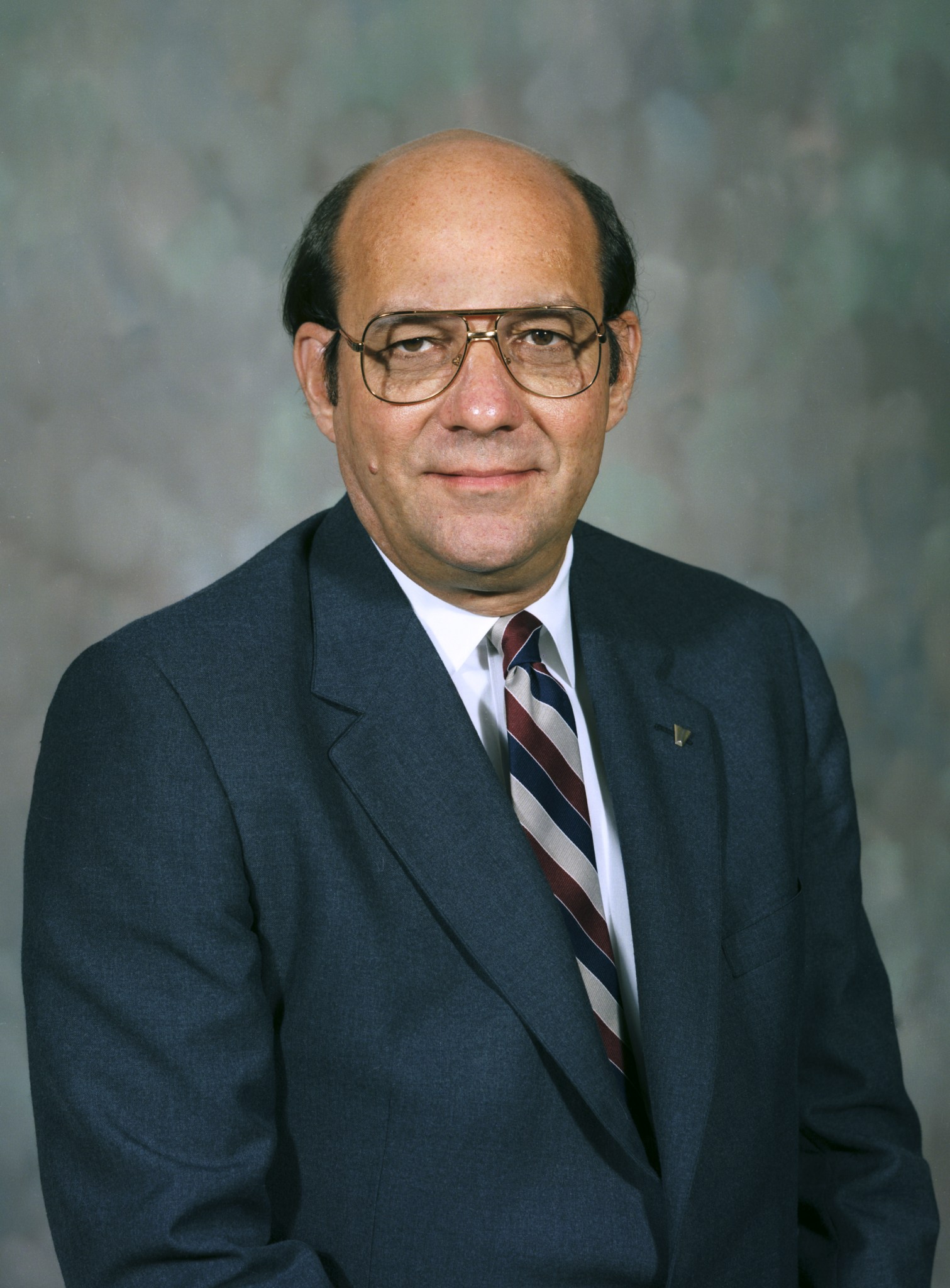In This Week’s Star
- NASA Completes Review of First SLS, Orion Deep-Space Exploration Mission
- Space Launch System Booster Separation Tested in Wind Tunnel
- Orbital ATK Rocket Successfully Launches Nov. 12 to Resupply Space Station
- Marshall Scientists Set to Discuss Astronomy’s Expanding ‘Senses’ Nov. 20 at UAH
- Team Redstone Members Turn Out for 2017 CFC Kickoff Event
- Marshall Team Honors Military Veterans Nov. 7
- Marshall Director Todd May Addresses Space Club Breakfast
- This Week in NASA History: STS-74 Launches – Nov. 12, 1995
- Former Marshall Center Director James Thompson Dies
- Obituaries
NASA Completes Review of First SLS, Orion Deep-Space Exploration Mission
By Kaitlin Chappell
NASA is providing an update on the first integrated launch of the Space Launch System rocket and NASA’s Orion spacecraft after completing a comprehensive review of the launch schedule.
This uncrewed mission, known as Exploration Mission-1, is a critical flight test for the agency’s human deep-space exploration goals. EM-1 will lay the foundation for the first crewed flight of SLS and Orion and establish a cadence of missions thereafter near the Moon and beyond.
The review follows an earlier assessment where NASA evaluated the cost, risk and technical factors of adding crew to the mission, but ultimately affirmed the original plan to fly EM-1 uncrewed. NASA initiated this review as a result of the crew study and challenges related to building the core stage of the world’s most powerful rocket for the first time, issues with manufacturing and supplying Orion’s first European service module, and tornado damage at the agency’s Michoud Assembly Facility.
“While the review of the possible manufacturing and production schedule risks indicate a launch date of June 2020, the agency is managing to December 2019,” said acting NASA Administrator Robert Lightfoot. “Since several of the key risks identified have not been actually realized, we are able to put in place mitigation strategies for those risks to protect the December 2019 date.”
The majority of work on NASA’s new deep-space exploration systems is on track. The agency is utilizing lessons learned from first-time builds to improve efficiency. To address schedule risks identified in the review, NASA established new production performance milestones for the SLS core stage.
NASA’s ability to meet its baseline commitments to the cost of EM-1, which include SLS and ground systems, remains within original targets. The costs for EM-1 up to a possible June 2020 launch date remain within the 15 percent limit for SLS and are slightly above for ground systems. NASA’s cost commitment for Orion is through Exploration Mission-2. To support NASA’s multi-mission approach to deep-space exploration, the agency has hardware in production for the first and second missions, and is gearing up for the third flight. As teams complete hardware for one flight, they move on to the next.
As part of the review, NASA plans to accelerate a test of Orion’s launch abort system ahead of EM-1, targeted for April 2019. Known as Ascent-Abort 2, the test will validate the launch abort system’s ability to get crew to safety if needed during ascent. Moving up the test date will reduce risk for the first crewed flight, which remains on track for 2023.
On both the rocket and spacecraft, NASA is using advanced manufacturing techniques that have helped to position the nation and U.S. companies as world leaders in this area. More than 100 parts of Orion utilize 3D-printing, and NASA welded the thickest structures ever joined using self-reacting friction stir welding while building the core stage.
SLS has completed welding on all the major structures for the mission and is on track to assemble them to form the largest rocket stage ever built and complete the EM-1 “green run,” an engine test that will fire up the core stage with all four RS-25 engines at the same time.
NASA is reusing avionics boxes from the Orion EM-1 crew module for the next flight. Avionics and electrical systems provide the “nervous system” of launch vehicles and spacecraft.
For ground systems, infrastructure at NASA’s Kennedy Space Center will support launch, flight and recovery operations. The center will accommodate the evolving needs of SLS, Orion, and the rockets and spacecraft of commercial partners for more flexible launch capabilities.
EM-1 will demonstrate safe operations of the integrated SLS rocket and Orion spacecraft, and the agency currently is studying a deep-space gateway concept with U.S. industry and space station partners for potential future missions near the Moon.
“Hardware progress continues every day for the early flights of SLS and Orion. EM-1 will mark a significant achievement for NASA and our nation’s future of human deep-space exploration,” said William Gerstenmaier, associate administrator for NASA’s Human Exploration and Operations Mission Directorate. “Our investments in SLS and Orion will take us to the Moon and beyond, advancing American leadership in space.”
Chappell, an ASRC Federal/Analytical Services, supports the Office of Strategic Analysis & Communications.
Space Launch System Booster Separation Tested in Wind Tunnel
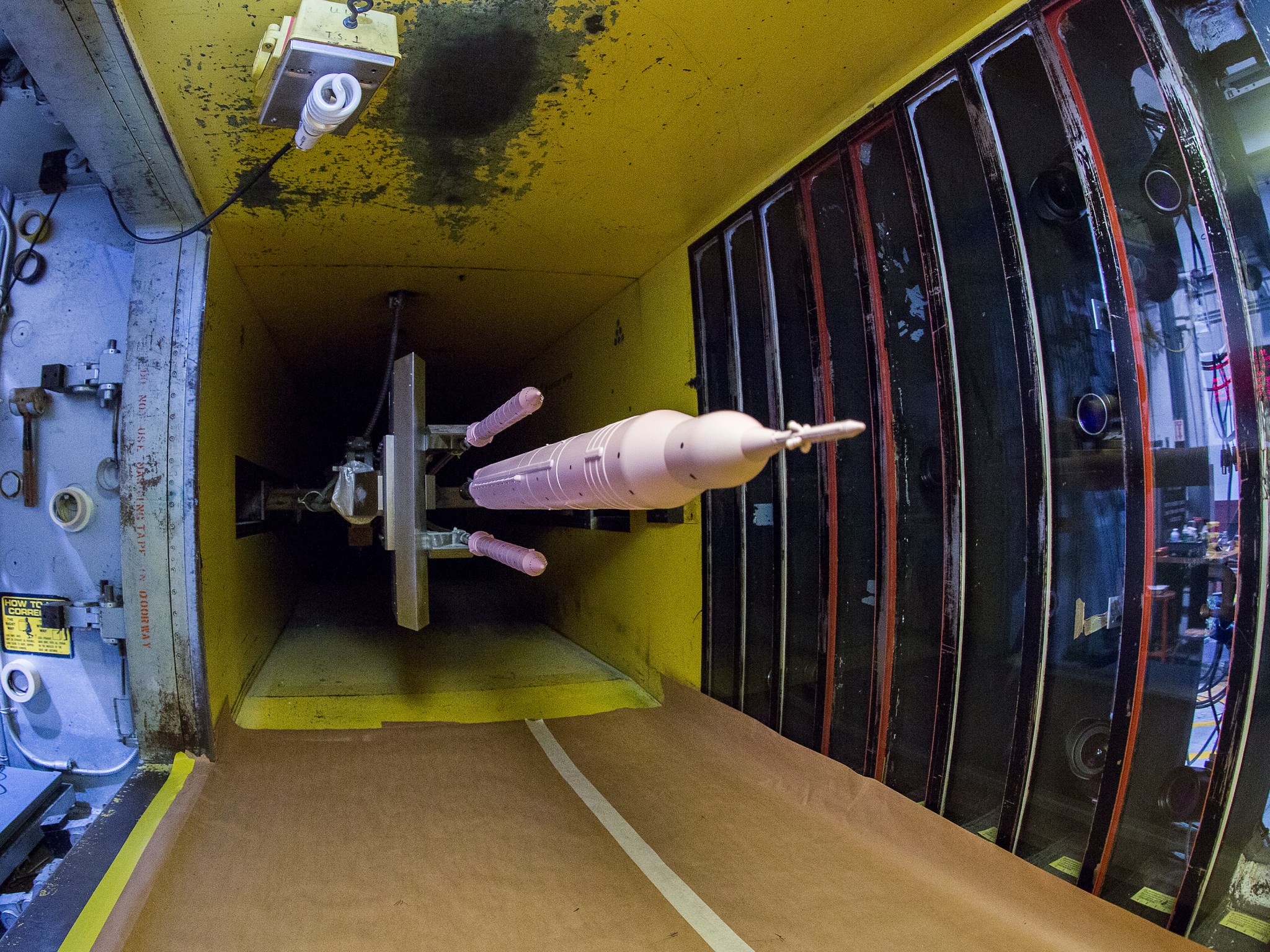
Lift off at the end of the countdown is just the first phase in a launch. Two minutes in, booster separation — a critical stage in flight, with little room for error — occurs. Engineers at NASA’s Langley Research Center are doing their part to support NASA’s new deep space rocket, the Space Launch System. The rocket will be capable of sending NASA’s Orion crew vehicle and other large cargos on bold new missions beyond Earth orbit. To understand the aerodynamic forces as booster separation motors fire and push the solid rocket boosters away from the rocket’s core, Langley engineers are testing a 35-inch SLS model in the Block 1B 105-metric ton evolved configuration in the Unitary Plan Wind Tunnel, using a distinct pink paint. The pressure-sensitive paint works by reacting with oxygen to fluoresce at differing intensities, which is captured by cameras in the wind tunnel. Researchers use that data to determine the airflow over the model and which areas encounter the highest pressure. (NASA/Langley/David C. Bowman)
Orbital ATK Rocket Successfully Launches Nov. 12 to Resupply Space Station
Despite a 24-hour delay incurred when an airplane flew into restricted launch space, an Antares rocket hauling the commercial Cygnus supply ship “S.S. Gene Cernan” successfully lifted off from NASA’s Wallops Flight Facility Nov. 12 at 5:20 a.m. CST, bound for the International Space Station.
The Cygnus cargo ship docked with the space station Nov. 14. It will depart in early December, deploying a number of small satellites before it reenters Earth’s atmosphere and burns up.
Among the 7,400 pounds of supplies, research equipment and new experiments the Cygnus delivered to the station are the E. coli Antimicrobial Satellite mission, investigating the effects of microgravity on the antibiotic resistance of the bacterial pathogen E. coli, which could help determine appropriate antibiotic dosages to protect astronaut health on long space missions and improve antibiotic effectiveness in microgravity and on Earth; the Optical Communications and Sensor Demonstration project to study high-speed optical transmission of data, potentially enhancing communication speeds between Earth and space and helping to refine laser communications between small satellites in low-Earth orbit; and the Integrated Solar Array and Reflect-array Antenna project, a hybrid solar power panel and communications antenna which may provide a new solution for transmitting information from faraway destinations on Earth or in space.
The 139-foot-tall Antares rocket, powered by a pair of Russian-built RD-181 main engines and a solid-fueled Castor 30XL second stage, flawlessly ascended to orbit. Roughly nine minutes into the mission, the Cygnus spacecraft was deployed from the second stage, achieving an orbit between 124 miles and approximately 205 miles in altitude. The Cygnus unfurled two fan-like solar arrays and began making its two-day approach to the space station.
The Antares rocket was built by Orbital ATK of Dulles, Virginia. The Nov. 12 launch marked Orbital ATK’s eighth contracted cargo resupply mission to the space station.
Video of the launch is available on the Wallops UStream site, and flight enthusiasts are invited to follow Wallops on Facebook and Twitter. For more information about Orbital ATK, the Antares rocket and the Cygnus cargo ship, click here.
Marshall Scientists Set to Discuss Astronomy’s Expanding ‘Senses’ Nov. 20 at UAH
NASA’s Marshall Space Flight Center is partnering with the University of Alabama in Huntsville for a free, public discussion at 3:30 p.m. Nov. 20 with some of the first scientists to detect light and gravitational waves — ripples in space-time — caused by colliding neutron stars. UAH will host the event in the Student Services Building, Room 112. All Marshall team members are invited to attend.
The discussion, called “Multi-messenger Astronomy: A New Era in Space Science,” will include remarks from Julie McEnery, project scientist for NASA’s Fermi Gamma-ray Space Telescope at NASA’s Goddard Space Flight Center. Scientists involved in the groundbreaking research will share their findings and answer questions from the audience.
Team Redstone Members Turn Out for 2017 CFC Kickoff Event
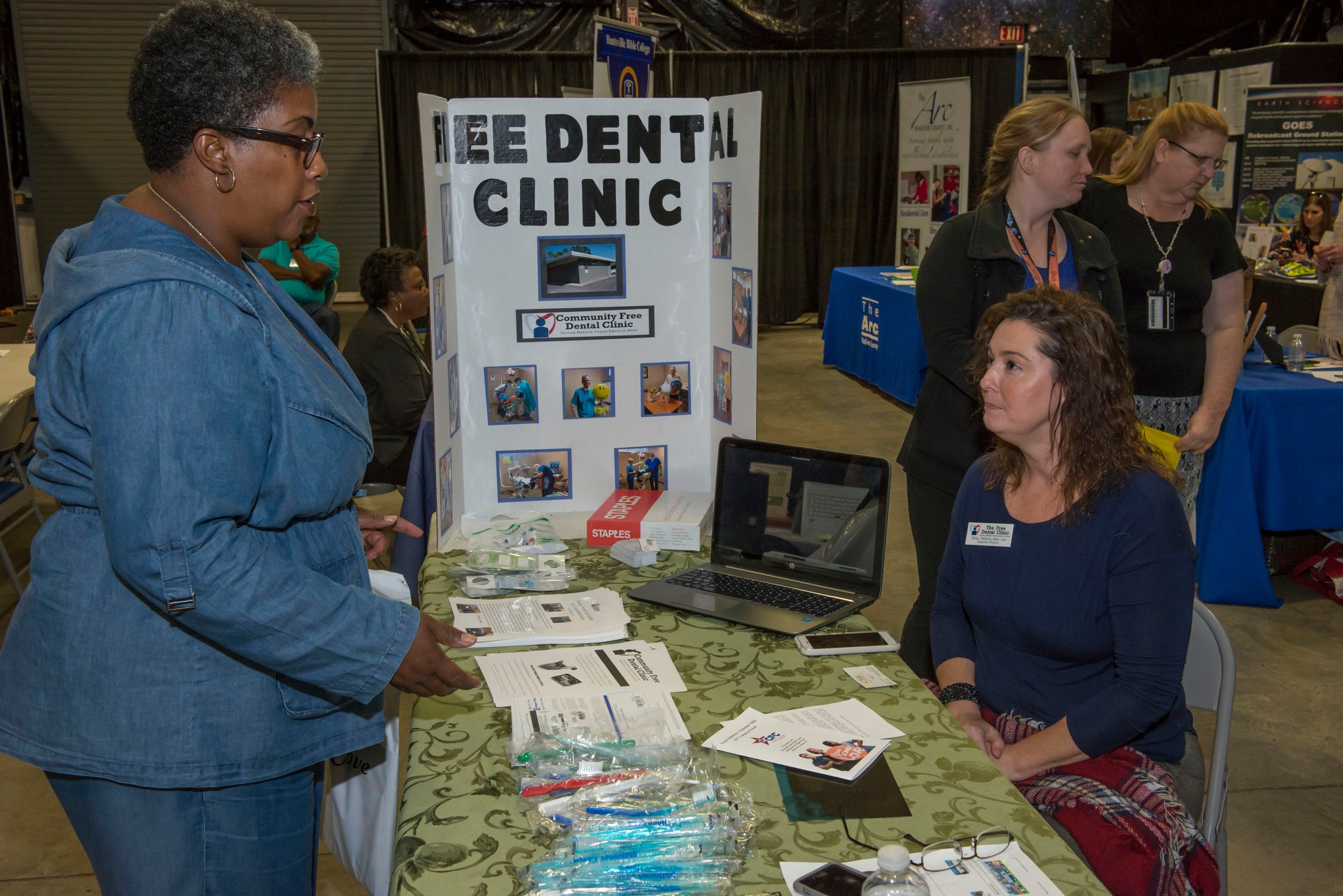
On Nov. 9, NASA’s Marshall Space Flight Center and Redstone Arsenal kicked off the Greater Tennessee Valley Combined Federal Campaign with a local charity fair and opening ceremony in Marshall’s Activities Building 4316. From left, Gabrall Yeldell, a program specialist who supports the Office of Communications and CFC keyworker, listens as Julia Nabors of the Free Dental Clinic of Madison County explains how her organization provides free dental care and education to low income, uninsured adult residents of Madison County. The event featured more than 41 local, nonprofit organizations that serve North Alabama Counties and support charitable efforts nationwide. This year’s CFC “Show Some Love” campaign continues through Jan. 12, 2018. For more information about CFC and how you can donate, visit the Greater Tennessee Valley CFC website and the Combined Federal Campaign ExplorNet page. (NASA/MSFC/Fred Deaton)
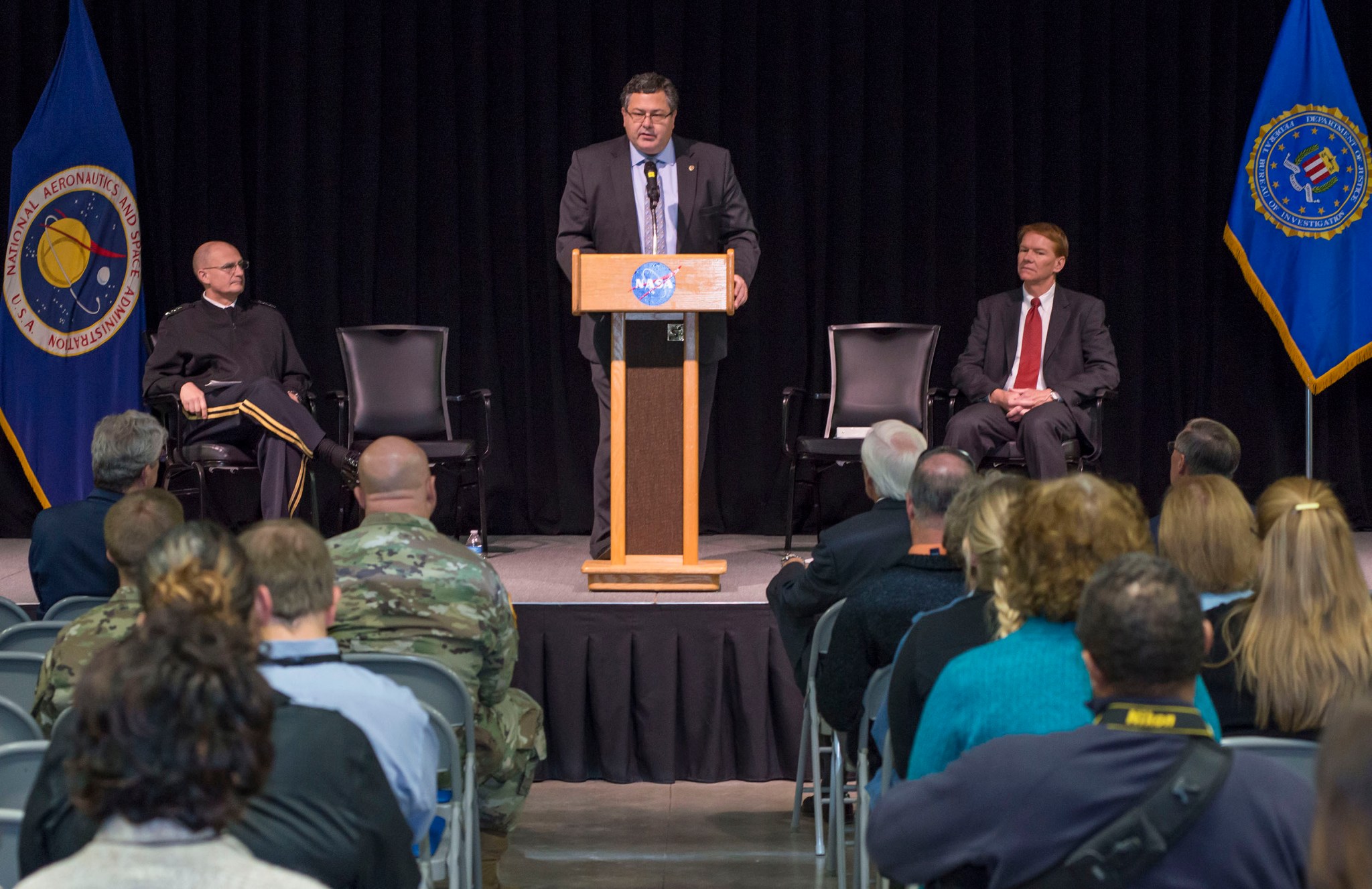
Todd May, director of the Marshall Center, speaks at the Nov. 9 CFC Kickoff Event in Marshall’s Activities Building 4316. Looking on, from left, are Lt. Gen. Edward Daly, left, deputy commanding general of the U.S. Army Materiel Command, and Steve Fisher, right, Tennessee Valley CFC Chair. May and Daly were keynote speakers at 2017 Tennessee Valley Combined Federal Campaign kickoff event while Fisher provided closing thoughts. The Office of Personnel Management enacted new regulations regarding the CFC for 2017-18. Employee Express will no longer be available for use. Instead, the Office of Personnel Management has developed a centralized donation platform website for all federal employees to access. For more information about how to donate and to sign up for CFC Community Service Days, click here. (NASA/MSFC/Fred Deaton)
Marshall Team Honors Military Veterans Nov. 7
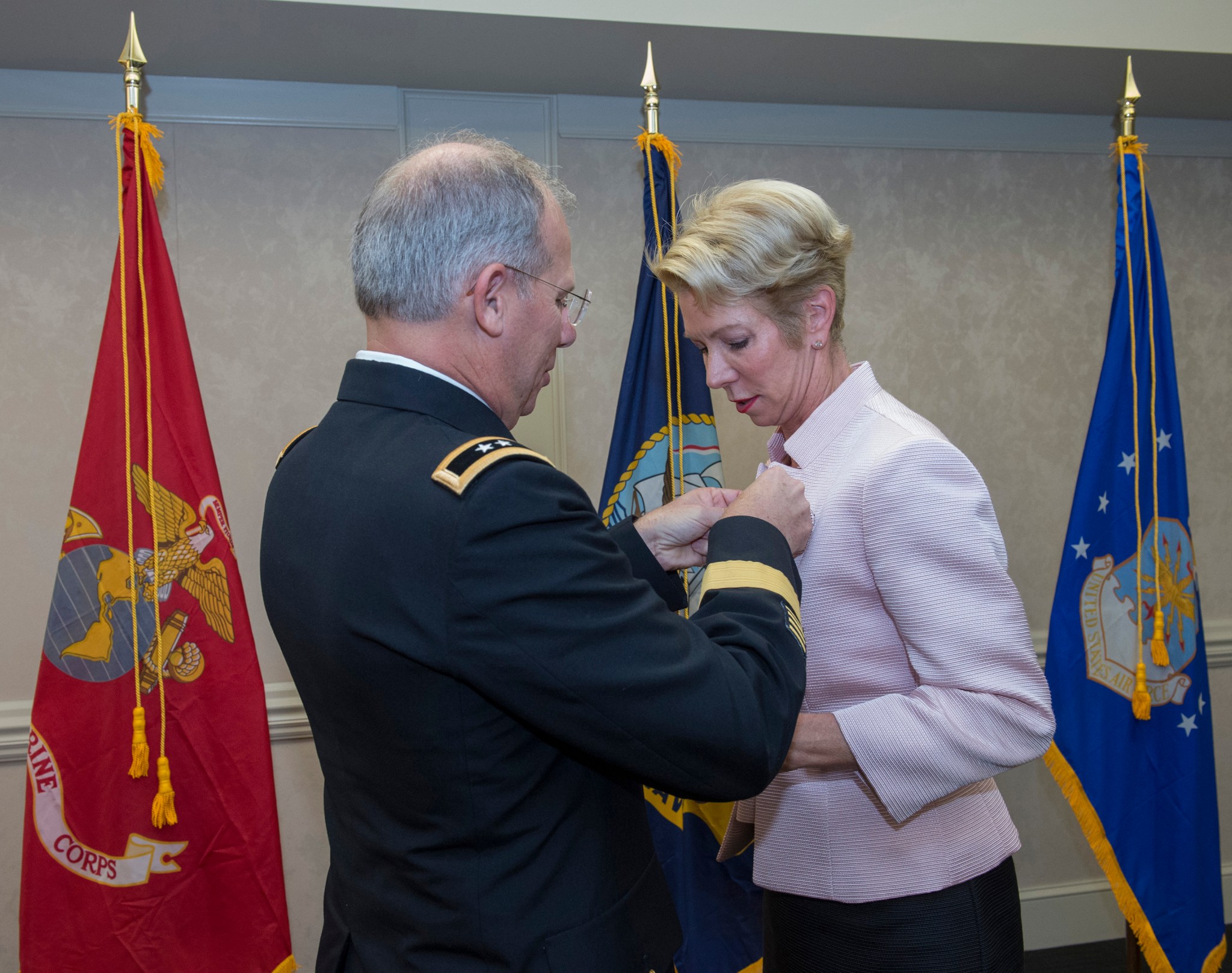
Carole Valenti, right, emergency management director at NASA’s Marshall Space Flight Center and a 26-year U.S. Army veteran, receives a pin commemorating her military service from Maj. Gen. Allan Elliott, deputy chief of staff for the U.S. Army Materiel Command and assistant deputy commanding general for the U.S. Army Reserve. Valenti was among numerous Marshall team members recognized Nov. 7 during Marshall’s annual Veteran’s Day event, which honored those who serve or have served in the armed forces. (NASA/MSFC/Emmett Given)
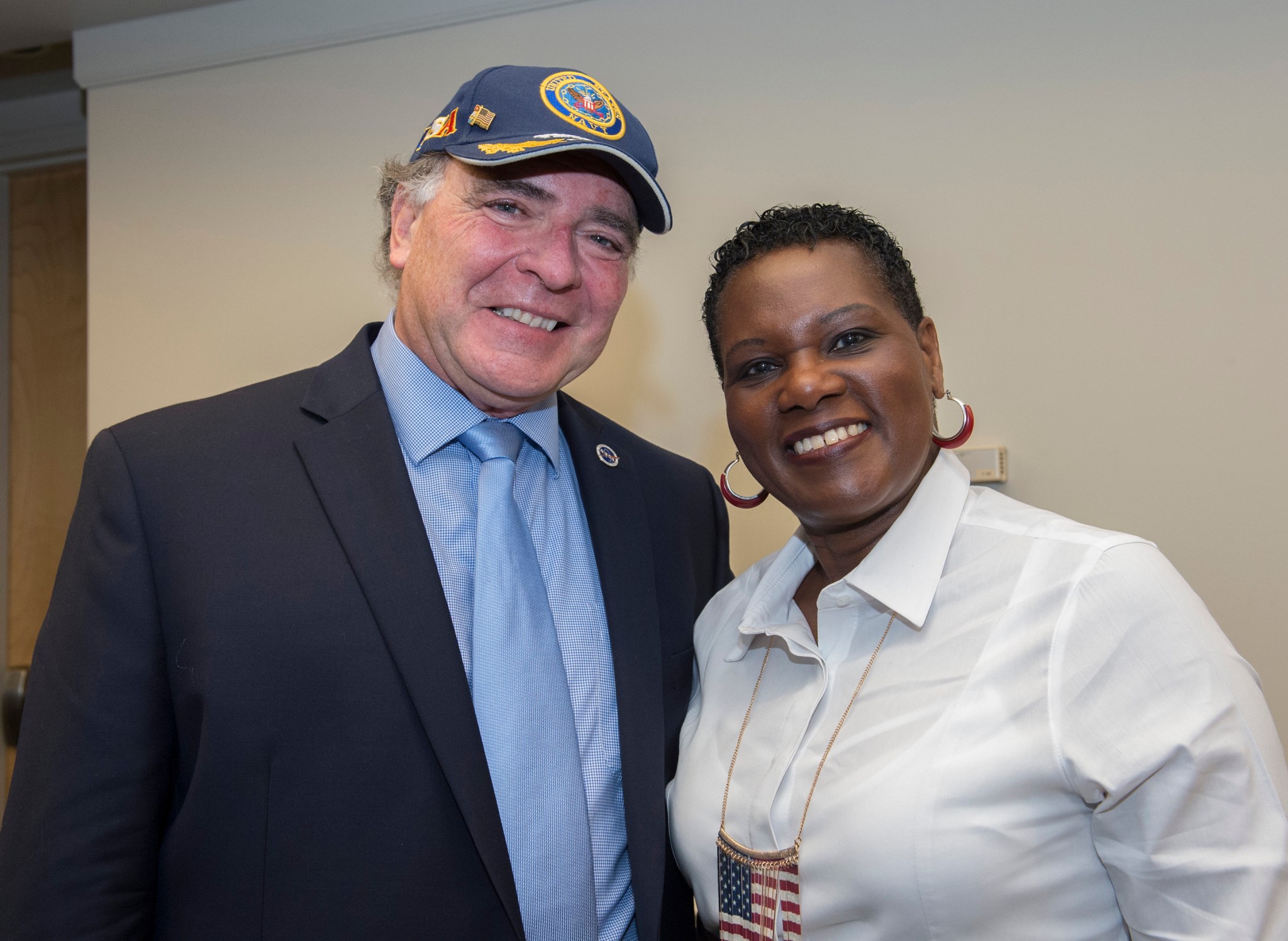
Among the honorees at Marshall’s Veteran’s Day celebration are U.S. Navy veteran James Andrews, left, manager of Marshall’s Organization and Leadership Development Office in the Office of Human Capital; and TyAnne Thomas, a human resources specialist in Marshall’s Training and Incentives Office and former U.S. Army Military Intelligence officer and criminal investigator. Marshall’s annual program recognizing veterans is sponsored by the Office of Diversity and Equal Opportunity. (NASA/MSFC/Emmett Given)
Marshall Director Todd May Addresses Space Club Breakfast
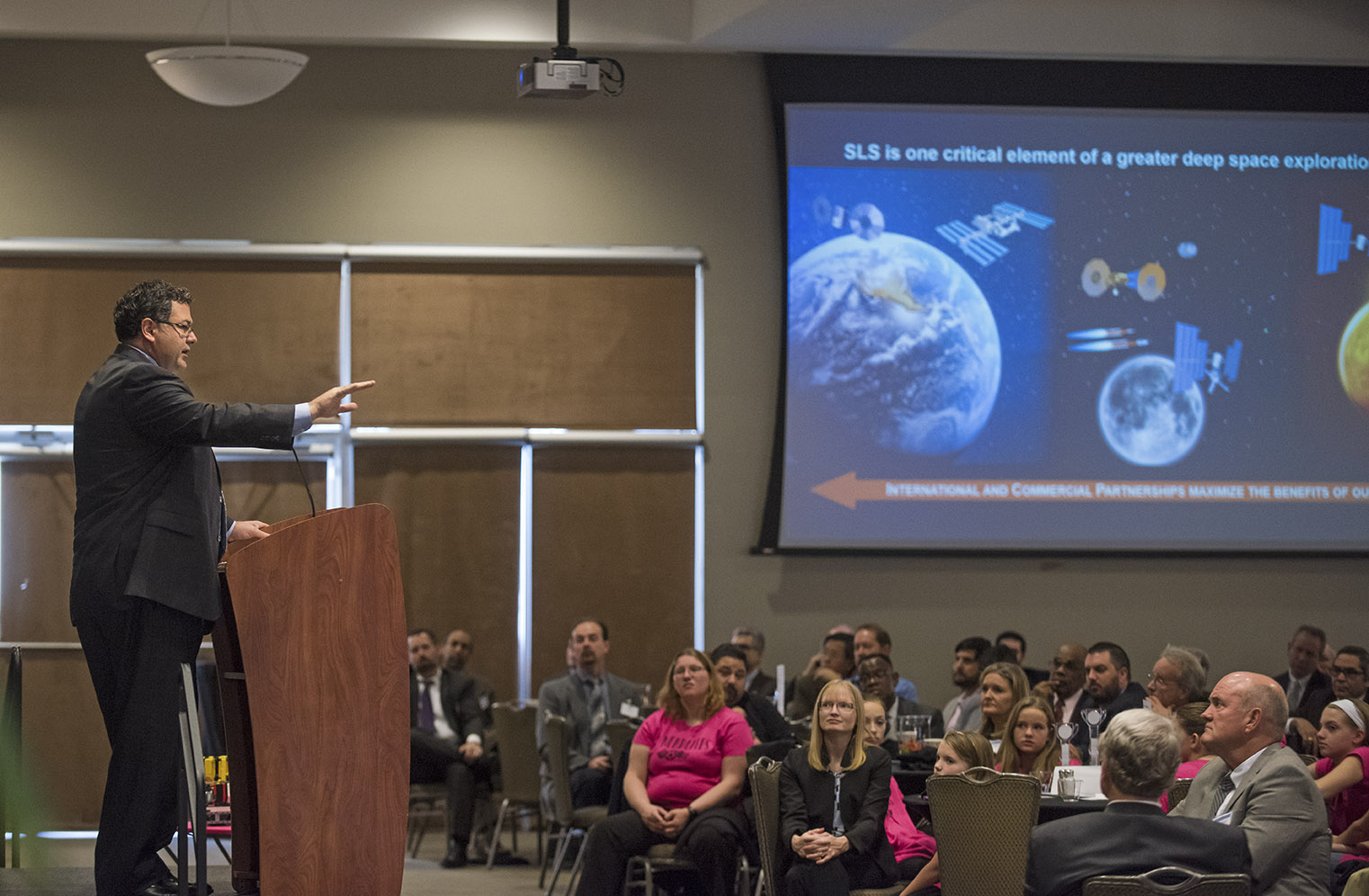
Todd May, director of NASA’s Marshall Space Flight Center, closed out the 2017 National Space Club Huntsville breakfast speaker series with his talk Nov. 14 at the Jackson Center. May highlighted the role of the Marshall-based scientists working the Laser Interferometer Gravitational Wave-Observatory, the Gamma-ray Burst Monitor on NASA’s Fermi Gamma-ray Space Telescope and the Chandra X-ray Telescope in detecting the collision of two neutron stars, the first time NASA scientists observed light tied to a gravitational wave event. He also shared updates on recent activities, including the significance of the Sept. 25 visit of Vice President Mike Pence — the first visit to the Center by a sitting president or vice president in 25 years — and the completion of all major SLS flight hardware. He urged the audience of NASA and industry leaders and partners to continue to deliver on our commitments and to push forward to develop a truly transformative space exploration program. “SLS is one critical element of a greater deep space exploration program. The rocket is just the first part,” said May. “We need to meet our challenges and look forward fearlessly to the future.” (NASA/MSFC/Charles Beason)
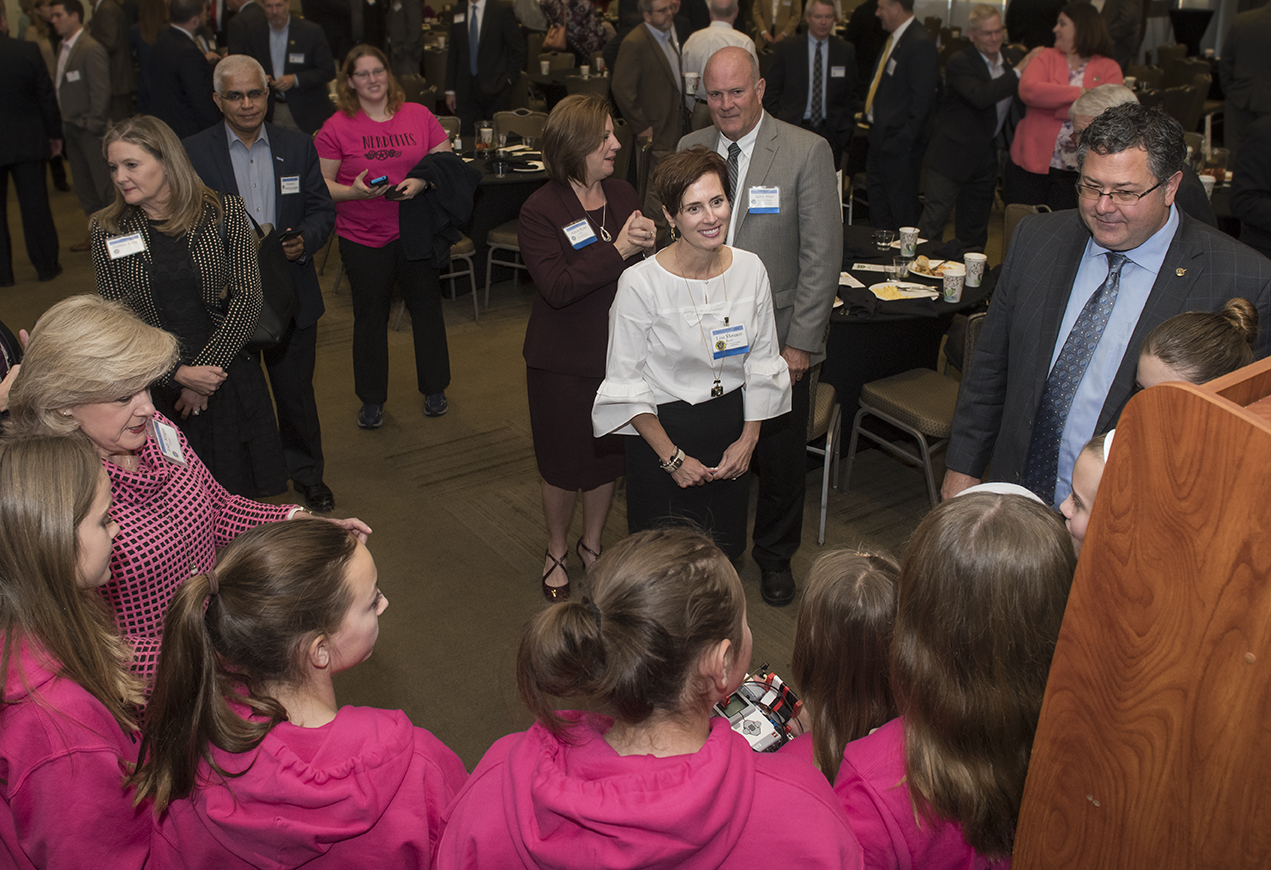
Marshall Center Director Todd May, right, Marshall Deputy Director Jody Singer, far left, and National Space Club Huntsville Chairperson Lisa Monaco, center, chat with “the Nerdettes,” an all-girls First LEGO League robotics team representing three local North Alabama schools, at the National Space Club Huntsville breakfast Nov. 14. The Nerdettes benefit from NSC Huntsville funding support as part of the club’s educational outreach mission. (NASA/MSFC/Charles Beason)
This Week in NASA History: STS-74 Launches – Nov. 12, 1995
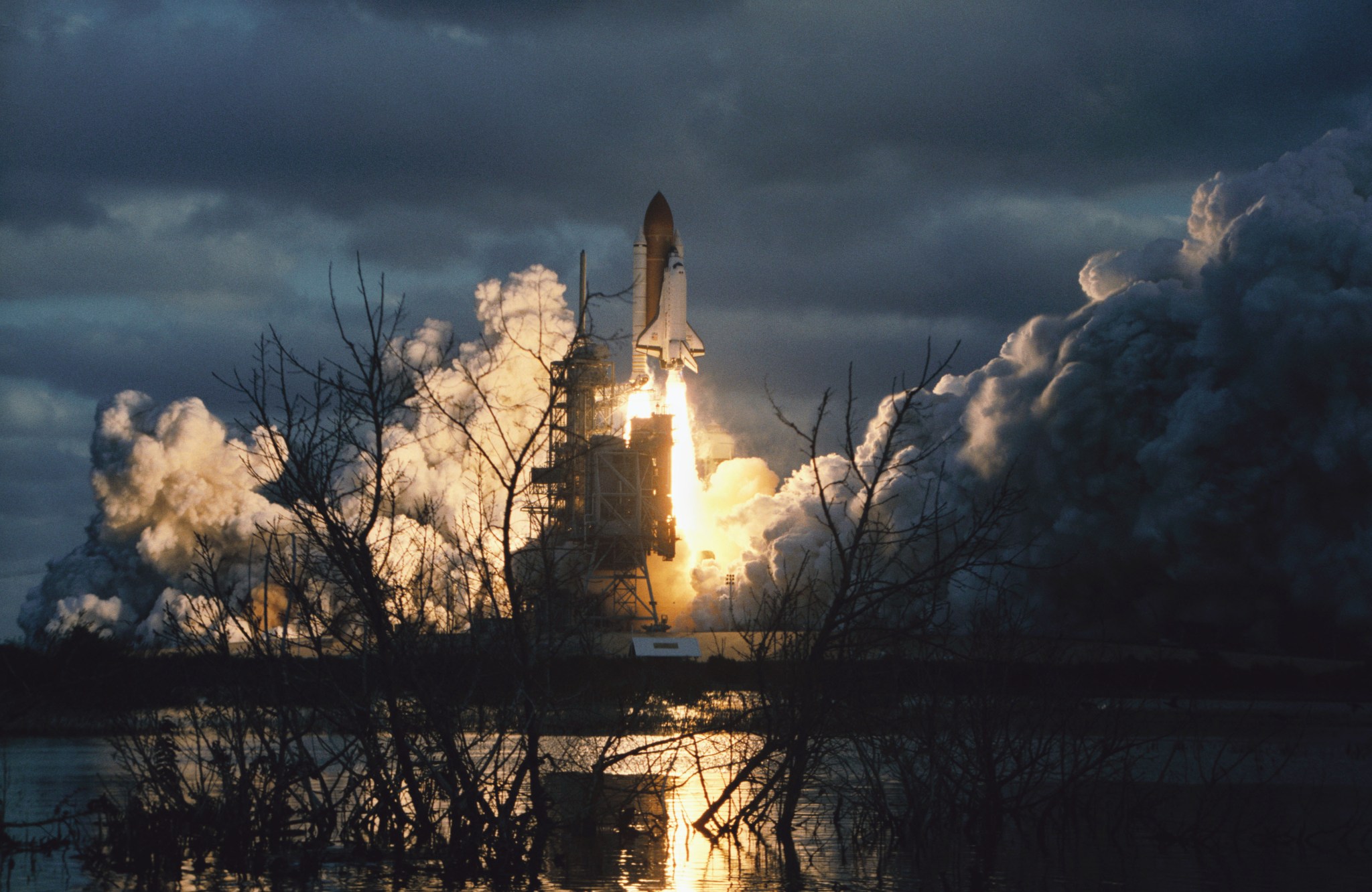
This week in 1995, the STS-74 mission launched aboard the space shuttle Atlantis from NASA’s Kennedy Space Center. This was the second docking of the shuttle to the Russian Mir space station and continued Phase I activities, which led to the construction of the International Space Station later in the decade. Today, the Payload Operations Integration Center at Marshall serves as “science central” for the space station, working 24/7, 365 days a year in support of the orbiting laboratory’s scientific experiments. The NASA History Program is responsible for generating, disseminating and preserving NASA’s remarkable history and providing a comprehensive understanding of the institutional, cultural, social, political, economic, technological and scientific aspects of NASA’s activities in aeronautics and space. For more pictures like this one and to connect to NASA’s history, visit the Marshall History Program’s webpage. (NASA)
Former Marshall Center Director James Thompson Dies
James R. Thompson, 81, former director of NASA’s Marshall Space Flight Center, died Nov. 7.
Thompson became director of the Marshall Center Sept. 29, 1986, after serving three years as deputy director for technical operations at Princeton University’s Plasma Physics Laboratory in New Jersey. From March to June of 1986, he served as the vice-chairman of the NASA task force inquiring into the cause of the Space Shuttle Challenger accident. In that capacity, he headed the day-to-day operations of the 51-L Data and Design Analysis Task Force, which collected and analyzed accident-related information in support of the Presidential Commission on the Space Shuttle Challenger Accident.
Before assuming his position at Princeton University, Thompson spent 20 years at Marshall in various positions, including associate director for engineering in the Science and Engineering Directorate and as manager of the Space Shuttle Main Engine Project in the Shuttle Projects Office.
The Greenville, South Carolina, native began his professional career in 1960 as a development engineer with Pratt and Whitney Aircraft in West Palm Beach, Florida. He joined the research and development team at the Marshall Center in 1963 as a liquid propulsion system engineer, responsible for component design and performance analysis associated with the J-2 engine system on the Saturn Launch Vehicle. In 1966, he joined the Space Engine Section in the former Propulsion and Vehicle Engineering Laboratory and became chief of the section in 1968. In that capacity, he was responsible for the design and test evaluation of auxiliary space engine propulsion systems for the Saturn Launch Vehicle and experimental small interplanetary propulsion systems.
In 1969, Thompson transferred to the former Astronautics Laboratory, where he served as chief of the Man/Systems Integration Branch until 1974. In September 1974, he was named manager of the Main Engine Project of the Shuttle Projects Office. In that position, he was responsible for the development and operation of the most advanced liquid propulsion rocket engine ever developed. He served in that position almost from the beginning of early development testing on the Shuttle main engine through the initial Shuttle flights.
In February 1982, Thompson was named associate director for engineering in the Science and Engineering Directorate. In this position, he was responsible for planning and executing the engineering overview, analysis, evaluation and support for all Marshall Center projects that were in the hardware development stage.
Thompson also served as NASA’s deputy director from July 6, 1989, to Nov. 8, 1991. He is survived by his wife, Sherry Gray Thompson, three children, six grandchildren and five great-grandchildren.
Obituaries
Ray W. Donaldson, 91, of Huntsville, died Nov. 6. He retired from the Marshall Center in 1985 as an engineer. He is survived by his wife, Alene R. Donaldson.
Donna M. Prsha, 49, of Madison, Alabama, died Oct. 29. She began working at the Marshall Center in 1991, where she was still employed as an aerospace engineer at the time of her death.

